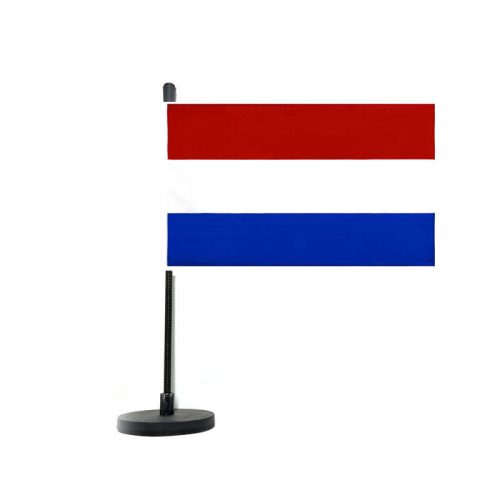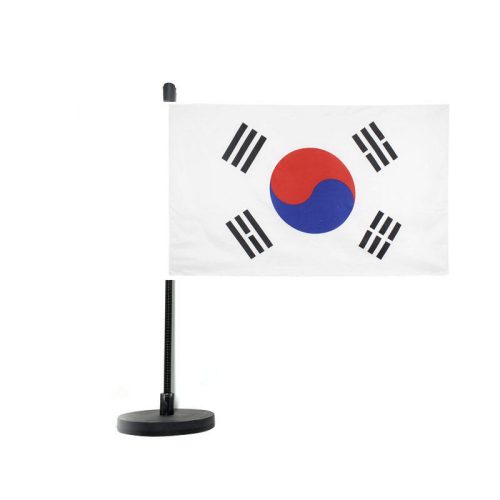Flag making is a specialized form of textile design that requires careful attention to detail and a thorough understanding of the principles of color, shape, and symbolism. Here are some of the key design techniques and processes involved in flag making:
- Conceptualization: The first step in designing a flag is to develop a concept that reflects the values, history, and culture of the nation or organization it represents. This may involve research into historical and cultural symbols, as well as discussions with stakeholders and experts.
- Color selection: The colors used on a flag are often chosen for their symbolic meaning. For example, red may represent courage or sacrifice, while blue may represent peace or stability. The designer must also consider how the colors will look together and how they will be perceived from a distance.
- Symbolism and imagery: Flags often feature symbols and imagery that represent important aspects of a nation or organization’s identity. These symbols may be derived from history, religion, or culture, and must be carefully chosen and placed to create a balanced and harmonious design.
- Sketching and prototyping: Once the concept, colors, and symbols have been determined, the designer will create sketches and prototypes of the flag design. This may involve experimenting with different color combinations and symbol placements until the desired effect is achieved.
- Digital design: Modern flag making often involves the use of computer-aided design (CAD) software to create precise and detailed digital renderings of the flag design. This allows for greater accuracy and flexibility in the design process, as well as the ability to easily share and collaborate on designs with others.
- Fabrication: The final step in flag making is the fabrication of the flag itself. This may involve printing or stitching the design onto a piece of fabric, as well as adding finishing touches such as grommets or fringes. The finished flag must be durable and able to withstand the elements, while also accurately representing the nation or organization it represents.
Overall, flag making is both an art and a science, requiring a deep understanding of design principles, cultural symbolism, and textile fabrication techniques. The resulting flags are powerful symbols of national and organizational identity, and play an important role in promoting unity, pride, and belonging.


